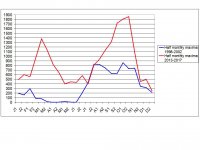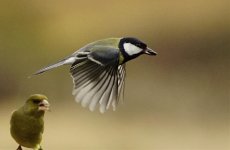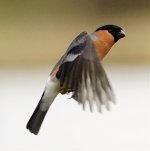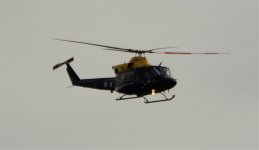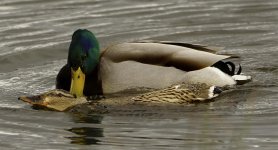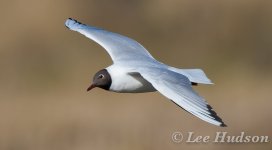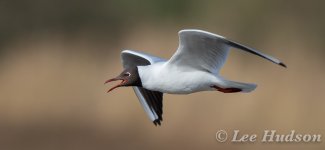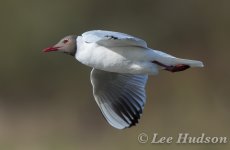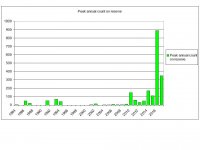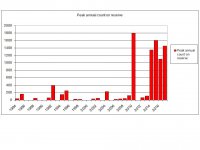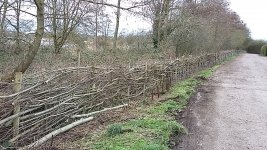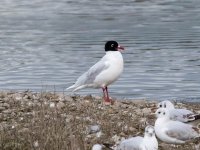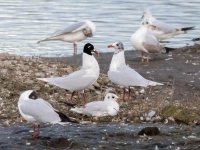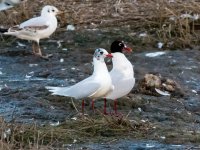upstarts1979
Well-known member
Tuesday work party Moors
This Tuesday and 21st March we will be working out on Amy's marsh so there will be disturbance.
The birds will move to the north end of the pool or go over to the Flashes.
We will be clearing islands and generally preparing the area for the coming breeding season.
The dead hedge will be completed and tern rafts will be brought in for checking and repairing .
This Tuesday and 21st March we will be working out on Amy's marsh so there will be disturbance.
The birds will move to the north end of the pool or go over to the Flashes.
We will be clearing islands and generally preparing the area for the coming breeding season.
The dead hedge will be completed and tern rafts will be brought in for checking and repairing .
Last edited:





